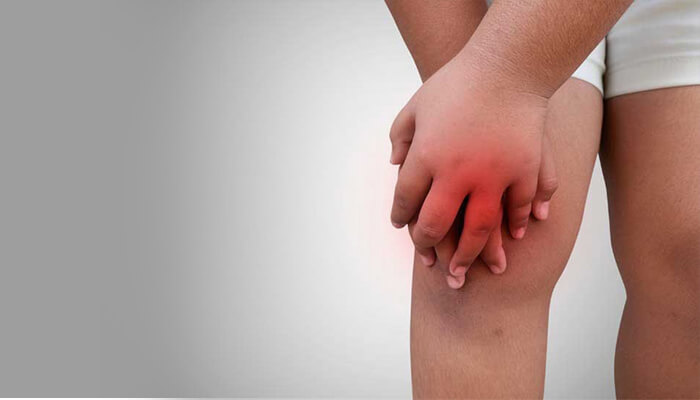Juvenile arthritis, also known as childhood arthritis, is a chronic condition that affects children and adolescents. It is a lesser-known but significant health concern in India, with a growing number of cases being diagnosed each year. In this blog, we will delve into the specifics of juvenile arthritis, its impact on Indian children, and how parents and healthcare providers can collaborate to manage and improve the quality of life for those affected.
Understanding Juvenile Arthritis:
Juvenile arthritis refers to a group of autoimmune disorders that cause inflammation and stiffness in the joints, similar to adult arthritis. However, what sets it apart is its onset before the age of 16. There are several types of juvenile arthritis, including oligoarthritis, polyarthritis, systemic arthritis, and enthesitis-related arthritis. These conditions can lead to long-term joint damage, impairing a child’s physical abilities and impacting their overall well-being.
Challenges in the Indian Context:
In India, the awareness and understanding of juvenile arthritis are still relatively low, both among the general population and healthcare professionals. Due to this lack of awareness, many children may experience delays in diagnosis and treatment. Additionally, socio-economic factors, limited access to specialized healthcare facilities, and cultural beliefs can further exacerbate the challenges faced by affected families.
Early Diagnosis and Intervention:
Early detection of juvenile arthritis is crucial for effective management. Parents and caregivers should remain vigilant for symptoms such as joint pain, swelling, stiffness, fatigue, and reluctance to engage in physical activities. Upon suspecting any signs, it is essential to consult a pediatric rheumatologist for a comprehensive evaluation. Timely intervention can help control the disease, prevent joint damage, and improve long-term outcomes.
Holistic Management Approach:
Managing juvenile arthritis requires a multidimensional approach that encompasses medical, rehabilitative, and psychosocial aspects. The treatment plan may include a combination of medication, physical therapy, occupational therapy, and assistive devices. It is essential for healthcare providers to work closely with families, empowering them with knowledge about the condition and its management strategies.
Support Systems and Advocacy:
Creating a support network is crucial for families dealing with juvenile arthritis. Engaging with patient support groups, connecting with other parents facing similar challenges, and accessing reliable online resources can provide a sense of community and emotional support. Furthermore, advocacy efforts can contribute to increasing awareness, pushing for policy changes, and improving accessibility to specialized care and treatments for affected children.
Educational Inclusivity:
Juvenile arthritis can significantly impact a child’s education and overall development. Schools and educational institutions should strive to create an inclusive environment that accommodates the unique needs of children with arthritis. Collaborating with teachers, implementing assistive technologies, and providing necessary support can help ensure that children with juvenile arthritis have equal educational opportunities.
Conclusion:
Juvenile arthritis is a complex and often misunderstood condition that affects children across India. By enhancing awareness, promoting early diagnosis, and adopting a comprehensive management approach, we can improve the lives of children with juvenile arthritis and empower them to lead fulfilling lives. Together, let us work towards a future where every child with arthritis in India receives timely and effective care, support, and understanding.

